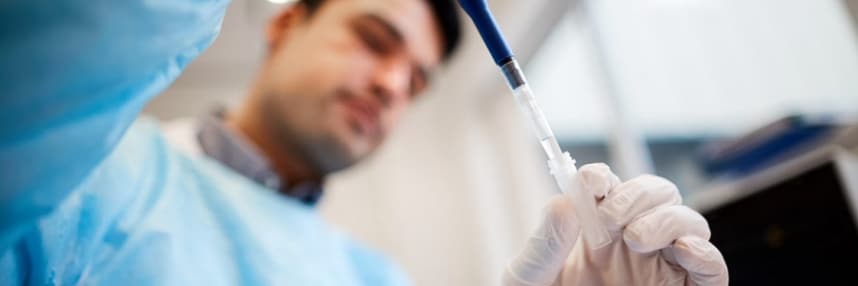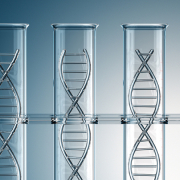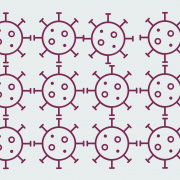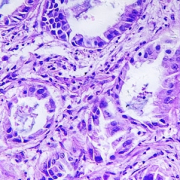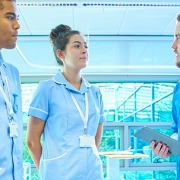PCR: more than just a Covid test
An old friend has been thrust into the limelight. We take a look at how PCR works and its place in Covid testing and beyond
For decades, PCR has been a staple technique of the lab. Since the Covid-19 pandemic began, thanks to its role in rapid-turnaround diagnostic tests, it has become a part of common vocabulary. But how does PCR work? And where else in healthcare is it used?
The amplification of DNA
PCR stands for polymerase chain reaction. It is a laboratory technique that allows millions of copies of a small amount of DNA to be made quickly – a process known as DNA amplification. Useful in itself, it is also the foundation of many other techniques.
PCR was invented by Dr Kary Mullis in 1983 and ten years later the breakthrough won him the Nobel Prize in Chemistry.
It works by using an enzyme called DNA polymerase to fill in the second strand of a single strand of DNA. That double strand is then split into two single strands and the process is repeated to make copies.
The DNA sample is heated, causing the strands of the double helix to come apart and resulting in two lengths of single-stranded DNA. Short, single-stranded pieces of DNA called primers then attach to target sequences, acting as a starting point for the DNA polymerase to recreate the second strand, using the single strand as a template. This cycle is repeated 20-40 times, each time doubling the number of fragments. Using the technique, it is possible to amplify a single piece of DNA to over a billion copies in a few hours.
A crucial role in Covid testing
In a PCR Covid test the person being tested uses a swab to collect a sample from their nose and/or throat. This sample will contain a mix of genetic information – from the person’s own cells, as well as some bacteria and any viruses present, such as SARS-CoV-2.
The SARS-CoV-2 virus’ genome is composed of RNA rather than DNA, but an enzyme called reverse transcriptase is used to copy the RNA sequence into DNA templates (called complementary DNA or cDNA) that can be used in PCR. ‘RT-PCR’ can be used to denote the addition of reverse transcriptase.
Once the sample is all DNA, the primers that are used in the reaction can be added, so the viral cDNA can be replicated by PCR, even if there was only a very small amount in the original sample. An adaptation of standard PCR enables the PCR product to fluoresce; and this can be detected in the lab, indicating a positive test result. The primers used are specific to SARS-CoV-2, so, if there is no SARS-CoV-2 viral cDNA present, they will not attach to any DNA in the sample and there will be no fluorescence, indicating a negative result.
Beyond Covid
PCR is a useful technique for the identification of infectious pathogens such as tuberculosis. It can also be used to test whether the infectious organism has any genomic variants that make it resistant to specific antibiotics. In these cases, it is integral to speeding up diagnosis and treatment.
The technique is central to many processes in the genetics laboratory; any that require more copies of DNA from a sample to be produced in order to obtain an accurate result. For instance, PCR can be used in tissue typing to match transplant donors and recipients, minimising the risk of organ rejection. It is also used for non-invasive prenatal testing (NIPT), where cell-free DNA from the mother’s blood plasma is amplified before being sequenced to test for aneuploidies or monogenic conditions in the foetus.
Perhaps most significantly, PCR is used in next-generation sequencing (NGS), a genome sequencing technology that is increasingly being used in diagnosis and treatment selection for a variety of people with rare diseases and cancers. NGS relies on samples being prepared using PCR prior to sequencing as it is reliant on high concentrations of DNA to work effectively.
With the management of pathogens and antibiotic resistance a worldwide priority, and genomic sequencing rapidly becoming a central part of healthcare systems internationally, PCR’s place at the heart of our labs seems secure.
–


